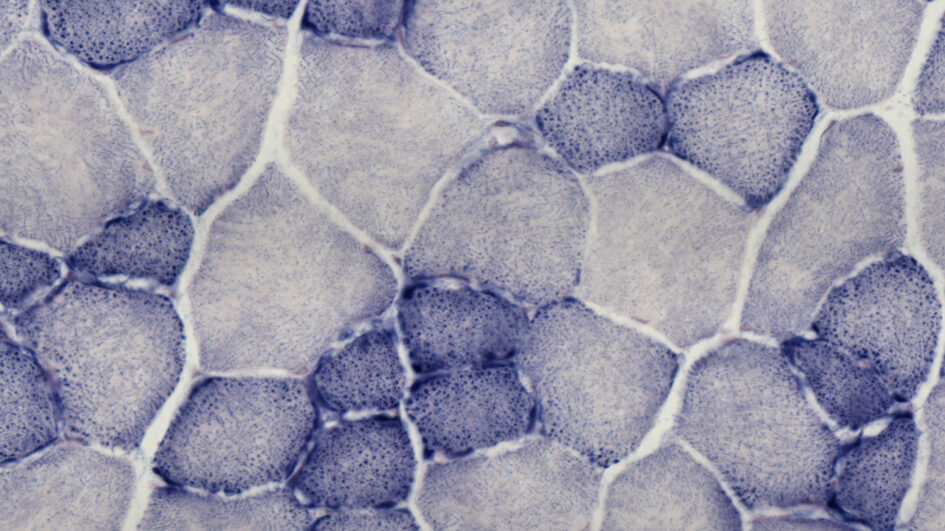Alliance Round-Up: Probiotics at high altitude, sleep timing and physical activity, and more
Collaborators






Explore the latest Wu Tsai Human Performance Alliance findings
SLEEP
FEMALE ATHLETE
-
-
- Higher estradiol levels linked to joint stiffness in female athletes | View
-
MOLECULAR PHYSIOLOGY
-
-
- Estrogen-related receptors could help muscles make more energy | View
-
NUTRITION AND SUPPLEMENTS
-
-
- A probiotic may help you breathe easier at high altitudes | View
-
REGENERATIVE REHABILITATION
-
-
- Skeletal stem cells key to stronger bones, better healing | View
-
BIOMARKERS
-
-
- Current prediction equations for resting metabolic rate are unreliable for detecting REDs in elite athletes | View
-
Sign up for the Alliance newsletter and have the Round-Up delivered to your inbox.
Early bedtimes linked to more physical activity the next day
PNAS | June 2025
Most people know that a good night’s sleep can boost their energy for the day ahead. But new research suggests it’s not just how long you sleep that matters, it’s also when you go to bed. In a study of nearly 20,000 people wearing WHOOP biometric devices for a year, Josh Leota, Elise Facer-Childs and their team found that earlier bedtimes from 8pm to 10pm were linked to higher levels of moderate to vigorous physical activity the next day, compared with bedtimes from 11pm to 2am. Their findings suggest that heading to bed earlier could be an overlooked way to encourage people to move more.
Learn more: Monash University, Economic Times, Gizmodo, New York Post, Earth, Tech Explorist, Newsweek, U.S. News and World Report
The study is part of a Wu Tsai Human Performance Alliance Agility Project.
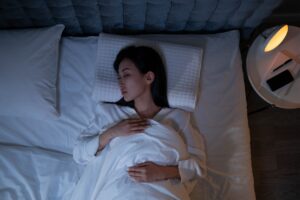
Canva Pro Images
Intense late-night workouts could disrupt your sleep
Nature Communications | April 2025
High-intensity evening workouts might be hurting your sleep. Josh Leota, Elise Facer-Childs and colleagues analyzed data from over 14,000 people wearing WHOOP biometric devices for a year. They found that exercising within four hours of bedtime pushed sleep later, while workouts ending within six hours of bedtime cut sleep duration. To avoid these sleep disruptions, the team recommends scheduling intense workouts earlier in the day or opting for lighter exercises if you need to train at night.
Learn More: Wu Tsai Human Performance Alliance news story, Washington Post, Fortune, NYPost, Newsweek, NewAtlas, Yahoo
The study is part of a Wu Tsai Human Performance Alliance Agility Project.
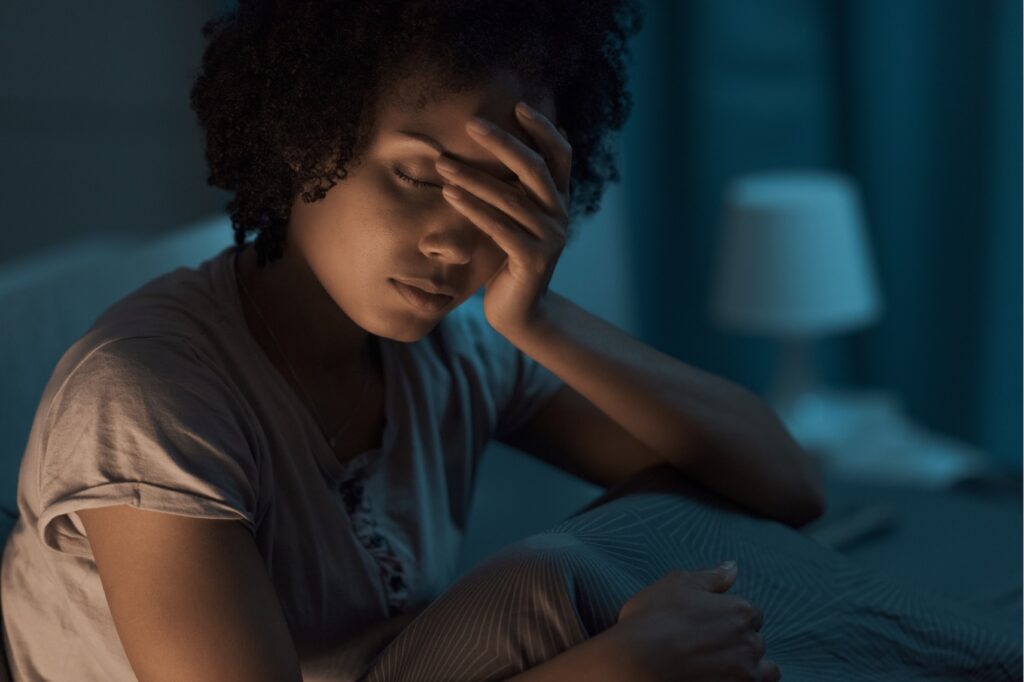
Canva Pro Images
Higher estradiol levels linked to joint stiffness in female athletes
Journal of Science and Medicine in Sport | June 2025
Female rugby league players have higher stiffness in their ankles, knees, and legs when their estradiol levels rise, a study by Michaela McGrath, Celeste Coltman, and their team reveals. The researchers measured hormone levels and joint stiffness in 24 National Rugby League Indigenous Women’s Academy players across different phases of their menstrual cycles during drop jumps. They found that ankle stiffness was linked to both estradiol and progesterone levels, while knee joint and leg stiffness were correlated to estradiol alone. If confirmed by further research, the results could help coaches better understand and reduce injury risk in female athletes.
This work is part of the Wu Tsai Human Performance Alliance Female Athlete Program.
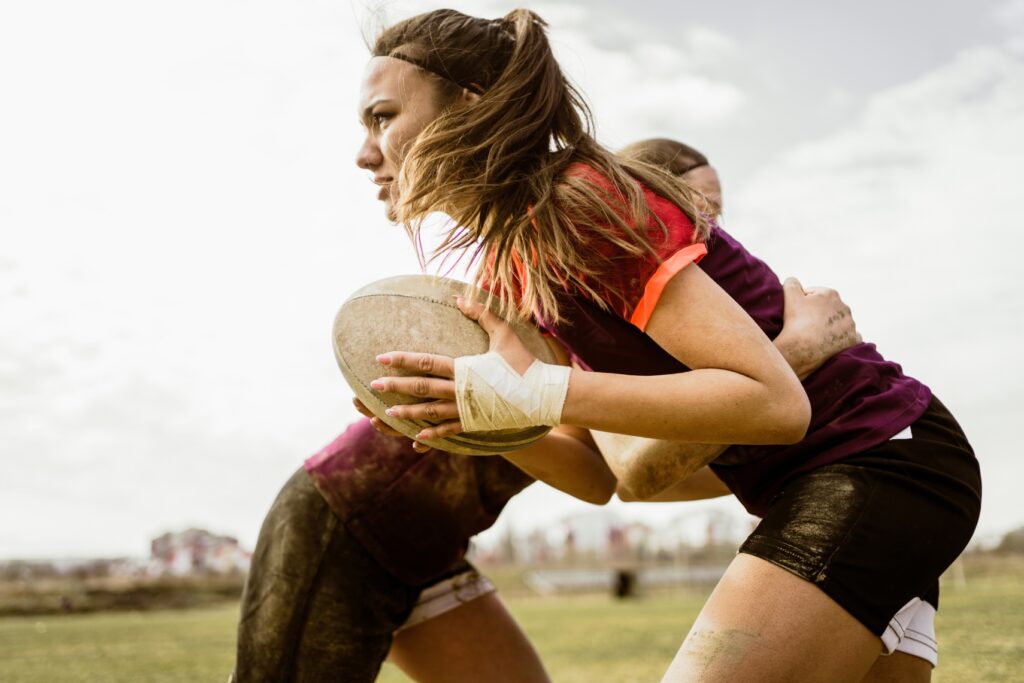
Canva Pro Images
A probiotic may help you breathe easier at high altitudes
iScience | April 2025
Ever wish there was an easier way to avoid feeling sick at high altitudes? Research by James Yu, Tatum Simonson and team suggests that taking a probiotic could help. Of the 17 men and women in their study who climbed to 3,800 meters, those who took a multi-strain probiotic had higher oxygen saturation levels both day and night and reported fewer symptoms of acute mountain sickness compared to those on a placebo. These findings hint that probiotics could offer a simple, non-invasive way to help people adapt to thin mountain air and feel better at high elevations.
This study is part of the Wu Tsai Human Performance Alliance Multiscale Athlete Moonshot.

Canva Pro Images
Skeletal stem cells key to stronger bones, better healing
Cell Stem Cell | May 2025
As we age or healing goes awry, skeletal stem cells switch from building bone to creating scar-like tissue. Thomas Ambrosi, Charles Chan, and their team identified four main subtypes of these stem cells and mapped out where each type lives within bone, revealing how different regions support repair and function. They also discovered two molecules that can push aged or dysfunctional stem cells back into bone-builders, leading to stronger bones in lab dishes and mice. These insights could lead to new treatments that improve recovery from fractures and boost bone health.
Learn More: Wu Tsai Human Performance Alliance news story
This study is part of the Wu Tsai Human Performance Alliance Regenerative Rehabilitation Moonshot.
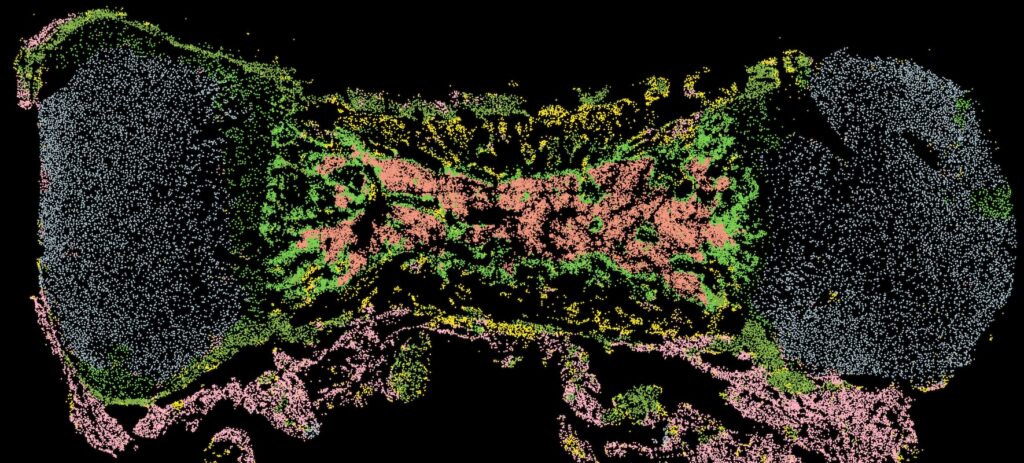
Courtesy of Thomas Ambrosi
Current prediction equations for resting metabolic rate are unreliable for detecting REDs in elite athletes
Human Kinetics Journal | April 2025
Current means for assessing an athlete’s resting metabolic rate aren’t reliable for detecting risk of Relative Energy Deficiency in Sport (REDs), according to a new study of 180 elite athletes. Ida Heikura,Trent Stellingwerff, and team compared resting metabolic rate (RMR) to REDs risk scores using a new assessment tool, but found that RMR measurements failed to consistently identify athletes with REDs. Depending on which of the 11 prediction equations they used, the percentage of athletes classified as having low RMR ranged wildly from 1% to 68%, while the actual prevalence of REDs was 46%. The findings suggest that using RMR is not an effective screening tool for REDs.
This work is part of the Wu Tsai Human Performance Alliance Female Athlete Program.
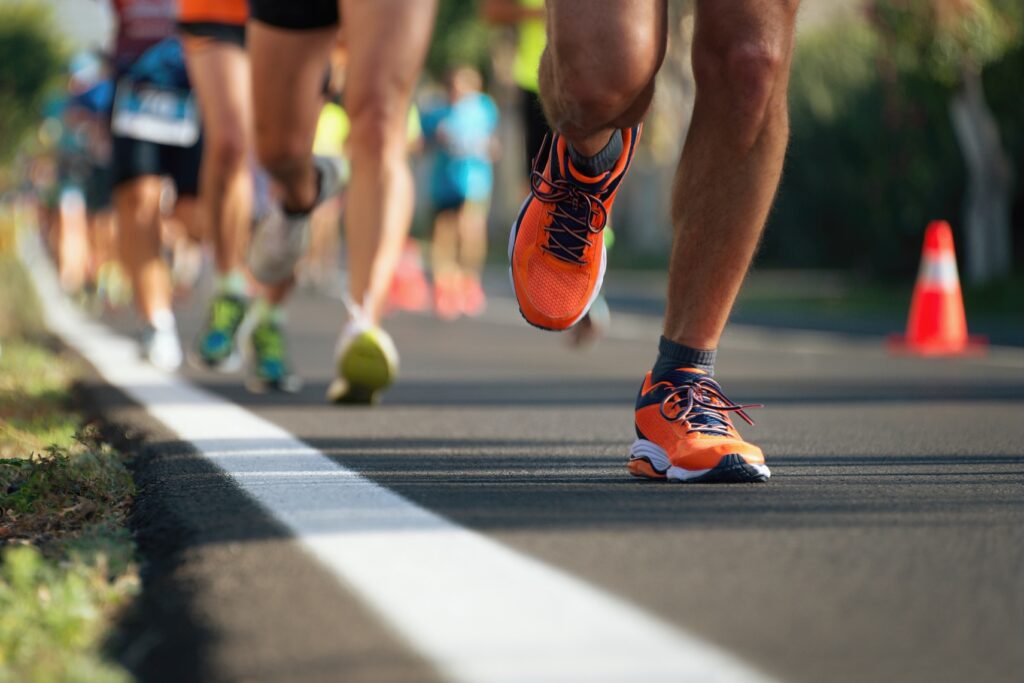
Canva Pro Images
Latest News
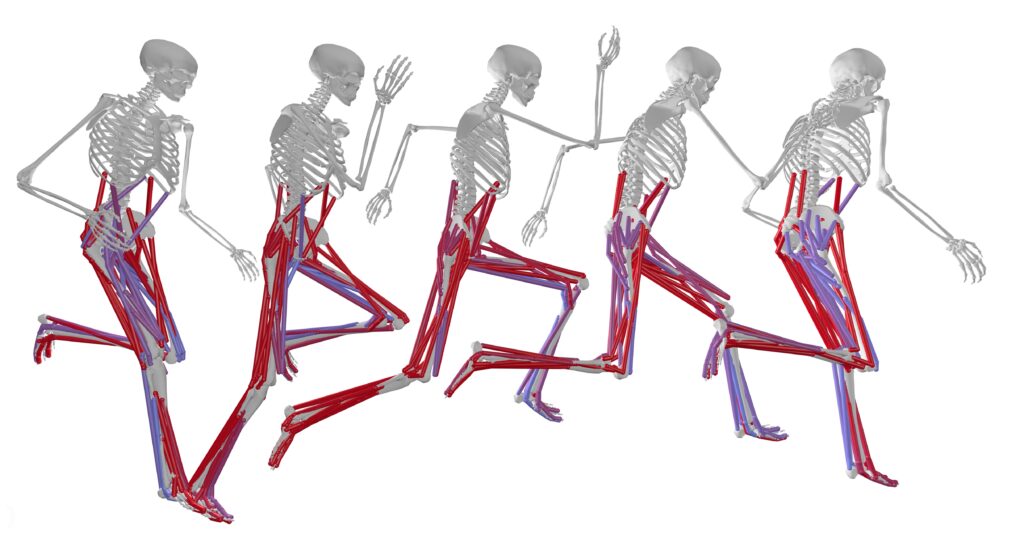
September 23, 2025
In sprinting, where the foot lands may be key to speed
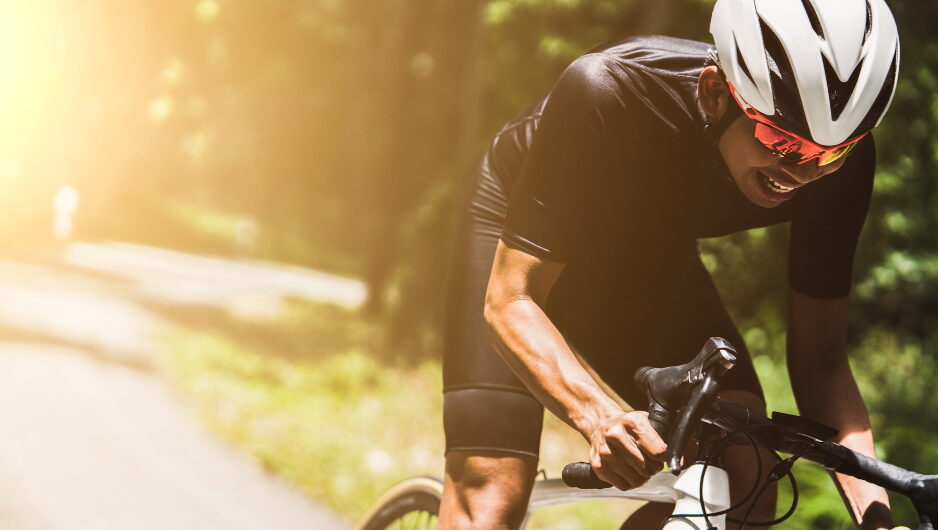
September 17, 2025
Cyclists with similar power use different muscle strategies
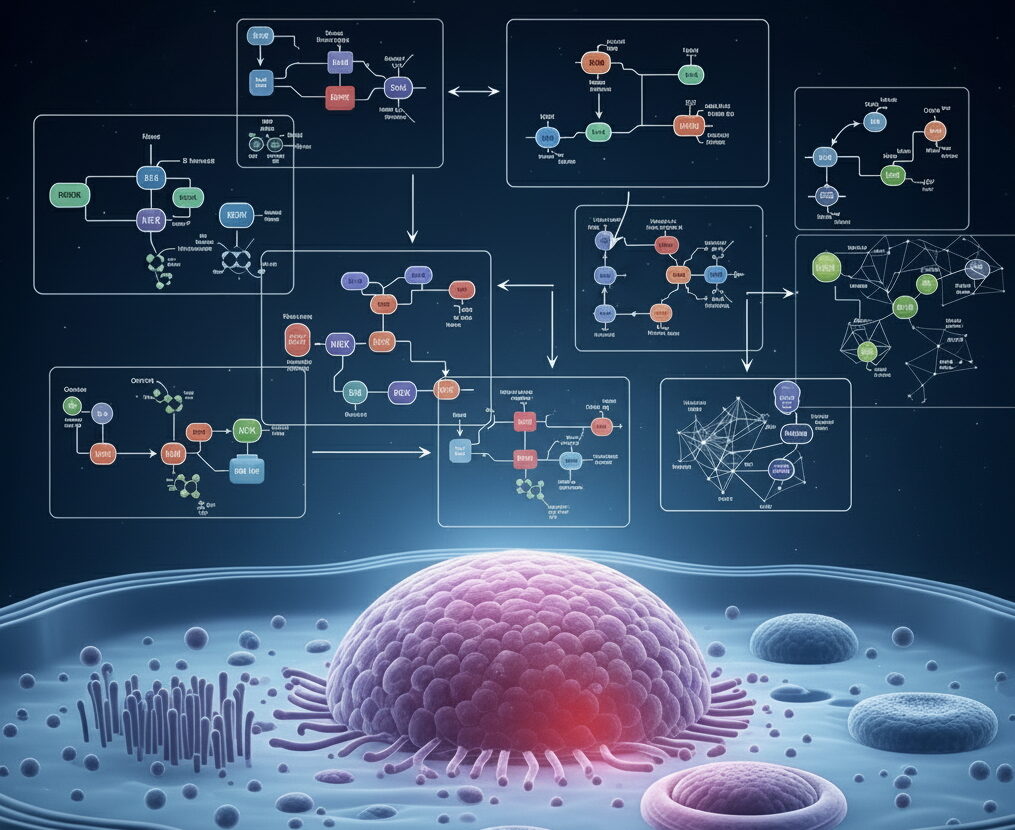
September 15, 2025
A new framework for trusting modeling predictions in biology
Get Engaged
Join our mailing list to receive the latest information and updates on the Wu Tsai Human Performance Alliance.

